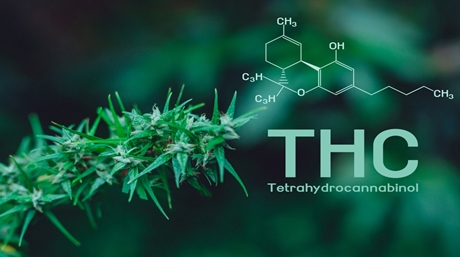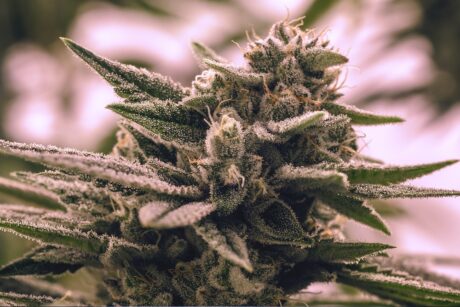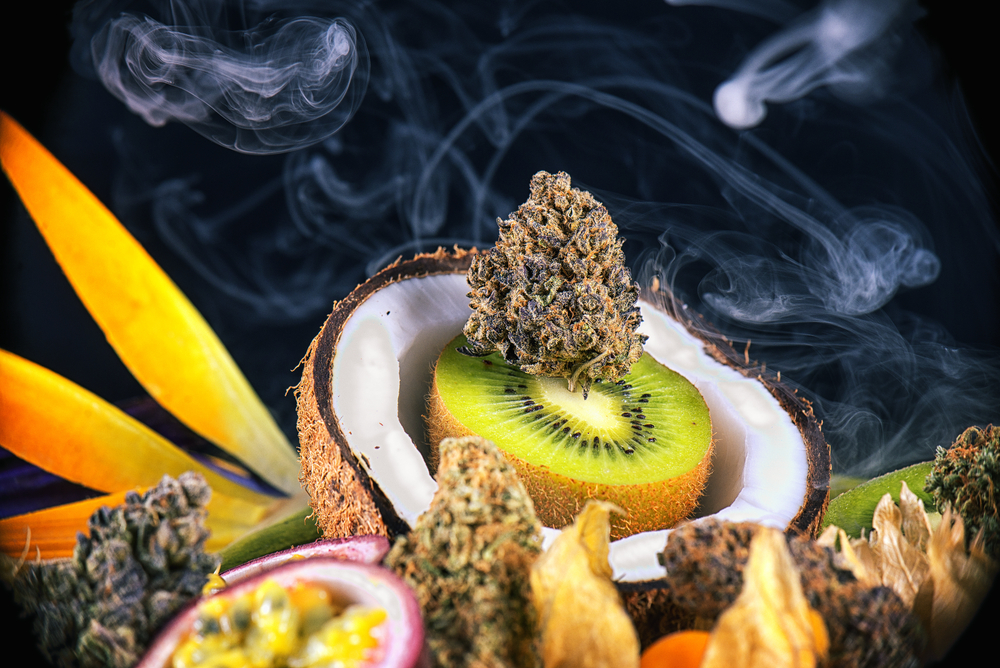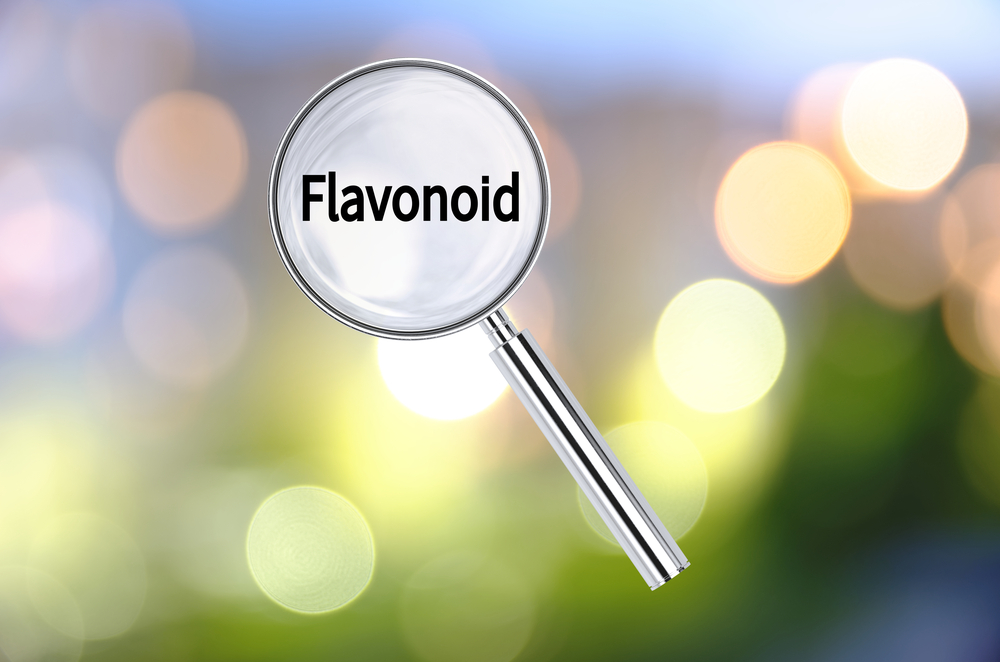Cannabis enthusiasts and curious onlookers alike (and pretty much anyone else nowadays) can attest to the fact that identifying cannabis is largely linked to smell.
It’s the unmistakable aroma that suddenly turns you into a hound dog when you’re in public and catches a whiff of weed.
You sniff it out until you locate the lucky bastard with the joint.
The scent is also the first thing you notice when your friend hands you a fresh bag of bud. You open it up, and it hits you like a bag of bricks—the sweet skunky fragrance that brings you back to your most cherished toking memories.
That warm, fuzzy feeling you get from just smelling the weed isn’t just a coincidence; there’s a whole science behind it. Our olfactory response (that’s our sense of smell) is directly linked to the part of the brain that is the center of our emotions.
Scents correspond directly with past experiences, which is why a simple sniff of good weed triggers a flood of positive emotions.
Terpenes, or terpenoids, are what’s behind the incredibly strong, dank smell of cannabis. These volatile aromatic molecules are easily evaporated, making their way up to your nose.
They are stored in the marijuana plant’s trichomes. Both terpenes and THC come from the biochemical precursor, geranyl pyrophosphate.
While THC and other cannabinoids possess no odor, the aroma of the bud is dependent on which terpenes dominate.

David Watson and Robert Clarke, American naturalists who founded a company called Hortapharm in Amsterdam, played a critical role in exposing the importance of terpenes.
Specializing in botanical science and cannabis therapeutics, they crossed and recrossed thousands of varieties of cannabis while selectively choosing which ones to further develop.
Watson explained that they determined which cannabis plants to keep and which ones to discard by relying on their sense of smell.
Watson hypothesized that the potency of THC was enhanced by the terpenes in the cannabis resin. He tested his theory in an experiment where he compared the subjective effect of 100% THC to lesser amounts in terpene-infused marijuana resin.
He found that terpene-infused resin with only 50% THC had a higher potency by dry weight than the same amount of pure THC. It’s the combination of terpenes and THC that enriches different strains with certain psychoactive flavors.

More than 100 terpenes have been found in marijuana, but only a few of these pungent substances are present in high enough amounts in the bud to be notable. Some of these terpenes include sesquiterpenes, diterpenes, and monoterpenes.
Terpenes play an important role in the marijuana plant as their strong odor repels predators and entices pollinators.
Terpenes are not only abundant in marijuana but are also present in various fruits, spices, herbs, and vegetables. Discover the health benefits of these natural compounds beyond cannabis in our blog.
Unleash the power of terpenes for overall well-being and explore their diverse effects on the mind and body. Let nature’s aromatic wonders enhance your wellness journey.

One of the most common terpenes in marijuana is myrcene. It smells earthy, spicy, and clove-like. The amount of myrcene present in a plant determines whether it is classified as sativa or indica.
Marijuana samples with more than 0.5% myrcene are classified as indica, while those with less than 0.5% myrcene are classified as sativa. Myrcene has numerous therapeutic effects, including pain relief, muscle relaxation, anti-inflammatory properties, and more.
Another terpene found in many cannabis strains is beta-caryophyllene, which is also present in leafy vegetables, essential oils of black pepper, and oregano.
Beta-caryophyllene is known for its gastro-protective properties and its ability to target CB2 receptors without creating a high, making it a great option for medication without altering motor skills or perception.

Pinene is one of the most common terpenes found in nature and gives off a pine and fir tree scent.
It can also be found in herbs like sage or rosemary. Pinene acts as an expectorant, bronchodilator, anti-inflammatory, local antiseptic, and memory enhancer. Skunk strains are known for their high levels of pinenes.
Limonene, as the name suggests, smells like citrus and can also be found in rosemary, fruit rinds, and juniper. Limonene is present in cannabis strains like OG Kush and Limoncello Haze.
It has numerous health benefits, including treating gastrointestinal complications, dissolving gallstones, fighting depression, and exhibiting powerful antimicrobial properties.
Terpenoids can vary greatly from strain to strain. Simply changing strains from one with a lower THC/CBD ratio to a higher one may not provide the desired relief if the terpenoid profile greatly differs.
That’s why it’s essential to follow your nose and find a strain with a compatible smell that matches the type of relief you seek.

Feel free to leave a comment below.













Related Posts

If you vape or smoke weed, it is good to know about terpenes. Terpenes are organic compounds in cannabis that increase your high. Besides that, terpenes affect the taste and offer numerous of medical benefits.

Cannabis contains many different substances. In this article, we will focus on Flavonoids. Read on to find out what kind of Flavonoids are present in cannabis and what their function is.

To date, 130 terpene profiles have been discovered in cannabis. This is a very interesting development throughout cannabis research. Terpenes are aromas that make us match a certain smell. It also gives weed that distinctive air, which we as enthusiasts love, but which your neighbor probably thinks is horrible! Terpenes are not only found in cannabis plants. They can be found all over the world in almost all plants and they are used for many things.